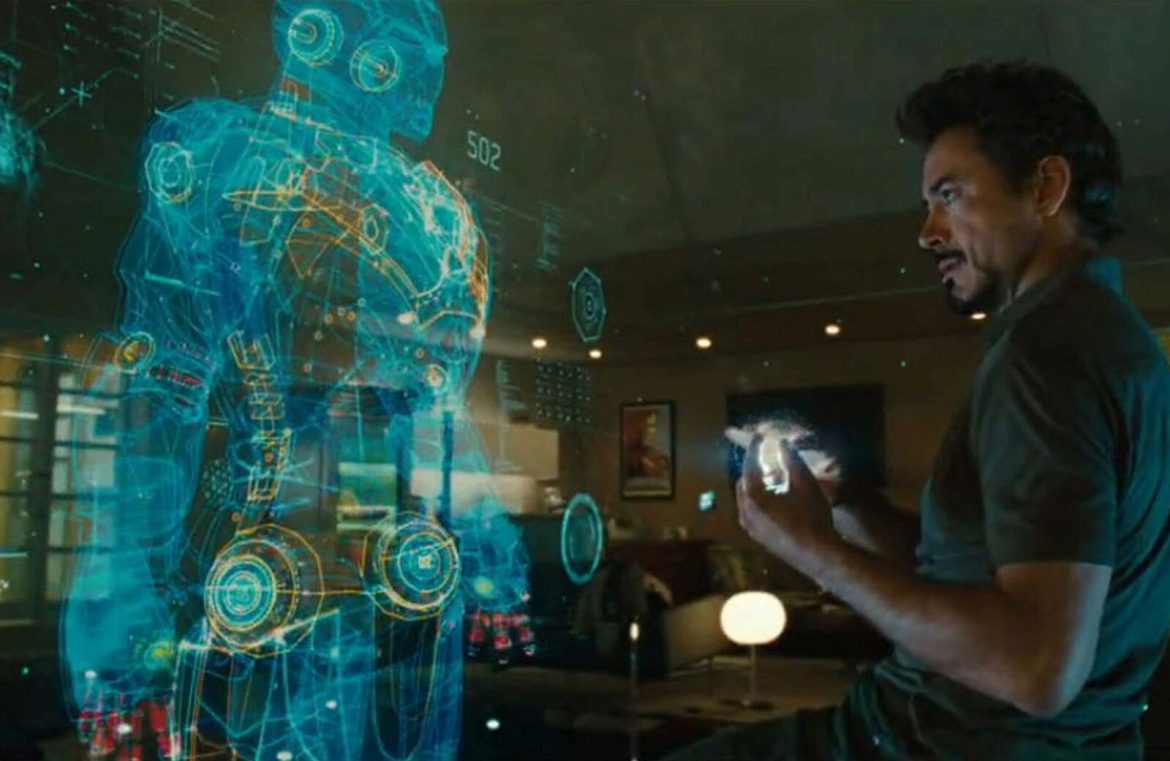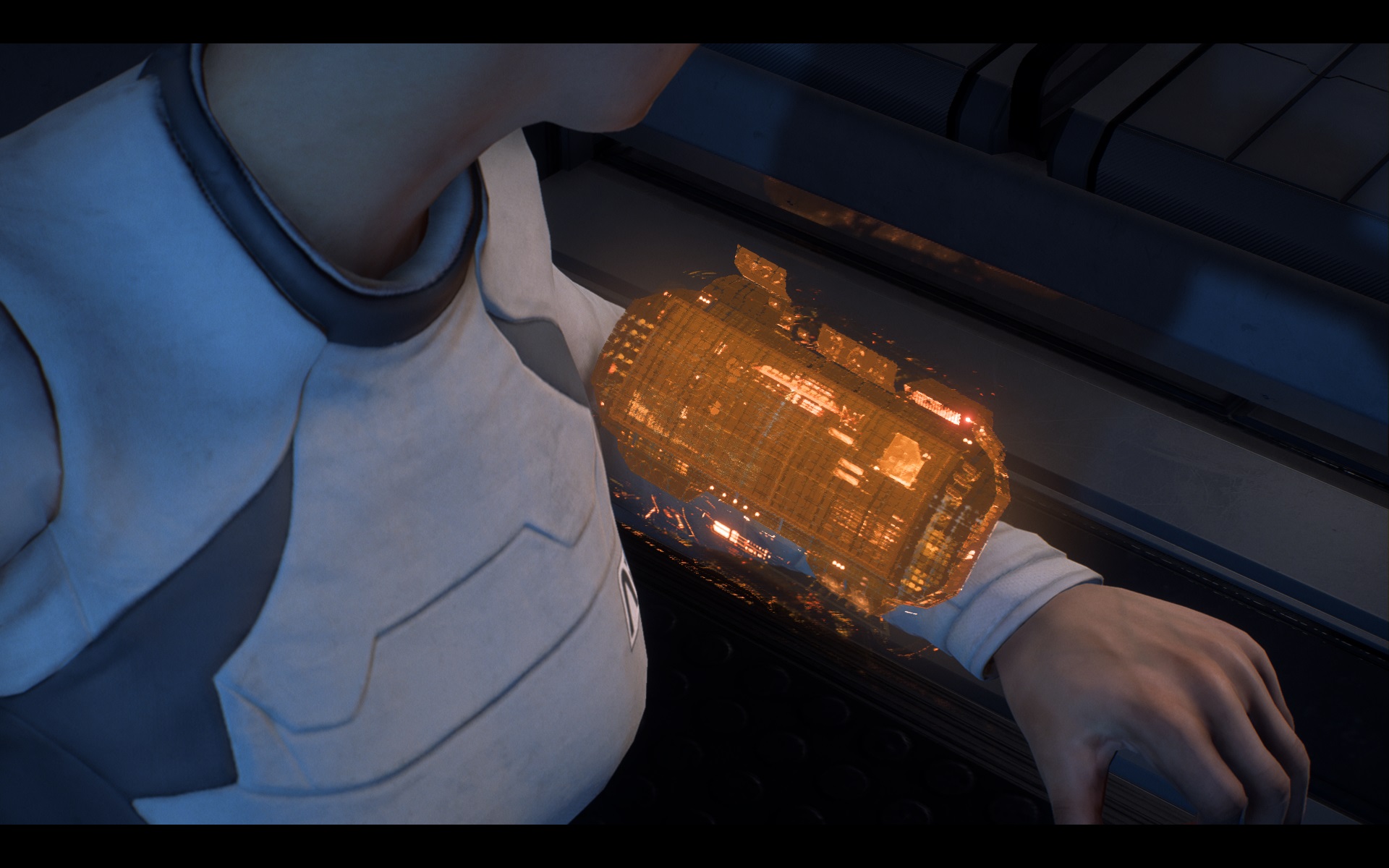Welcome to a thought experiment for the avid readers of WDD. Today, let’s take a leap into the not-so-distant future, where flat screens are a thing of the past and three-dimensional interfaces are our new digital frontier. Picture a realm where the wonders of science fiction come to life—albeit, some with a hint of a high-energy workout piled on top. Now, envision the trepidation and excitement as we step beyond virtual reality, daring to conceptualize UIs that may soon leap out of our VR headsets into the tangible world. It’s true; our current applications for such technology are limited, but the future holds endless possibilities, and we’re just on the cusp of it.
The Possibilities and Hurdles
Visual Revelation
The pure three-dimensional user experience is just over the horizon, yet the technology required to fully realize this ambition still eludes us. Holographic projections are advancing—they are easier to create and increasingly more common. The finesse of motion-based interactions is also on the rise, albeit with a need for greater precision. You see, holograms typically hinge on complex arrangements of light or clever illusions with mirrors, both posing limitations to the intuitive interaction we crave. Imminent enhancements are bound to push these boundaries, allowing for holograms to be formed with more easily modulated particles—the promise of VR as a preview tool for such interfaces glimmers in the distance.
Interactivity’s Frontier
Despite what superhero movies suggest, conducting orchestras of data with extravagant hand-waves, as seen with Tony Stark’s Jarvis commands, is more exhaustive than exhilarating. But, the concept of combining gestures with voice control? That’s a nugget of wisdom we can salvage. With the aim of decreasing fatigue and enhancing efficiency, the voice will become integral to such interfaces, especially when dealing with expansive touch-enabled surfaces, which only find preference when positioned for comfortable, creative endeavors.
Arrangement and Command
Let’s not forget, though, that the simplicity and cognitive economy of two-dimensional texts still reign supreme when it comes to relaying information en masse. While a three-dimensional linguistic evolution isn’t unthinkable, for now, it’s clear that text—and buttons too—fare better within a 2D realm. Reflect on VR interfaces or game menus; all still rely on a flat representation. Thus, the idea of traversing a room to activate a command seems less appealing in comparison to our traditional clicks and taps.
Visionary Glimpse
Today’s precision in control still rests with the trusty mouse, and the keyboard maintains its crown for swift textual input. It’s unlikely they’ll disappear; instead, expect the emergence of a ‘3D mouse’ that delivers a sense of spatial navigation without the arm-straining gymnastics. Moreover, this peripheral might overcome the present light and reflection hurdles, ushering a new era of hand-guided computing.
Visual interfaces might mirror those showcased in “Iron Man”, albeit optimized for contextual clarity. The information could be presented dynamically, clear of clutter and anchored in a user-centered layout—without relying on a Jarvis-like entity. As for managing 2D data, the conventional window design could persist, whereas 3D information might adopt a “box” metaphor for seamless transitions between applications. Inputs would be adaptive, allowing the cursor to shift between the flatness of text editing and the liberated movement of 3D space.
In the realm of the fantastical, let us momentarily set aside physics to appreciate the holographic capabilities akin to the Mass Effect series’ Omni-tool—a device epitomizing the potential of context-sensitive interfaces. Despite its fictional nature, its depiction of a convenient, finger-operated UI sans large gestures offers inspiration for practicality. Note that in the same fictional universe, other interfaces are activated by flat surfaces or voice, reflecting the versatility required for future systems.
Epilogue
While the silver screen burns bright with flashy but ultimately impractical interfaces, reality brings us back to a future possibly more rooted in the familiar than we wish to acknowledge. Accessibility remains a pivotal concern—how will individuals with physical challenges engage with these high-tech wonders? What happens when multiple people attempt to use a single holographic table simultaneously? These questions and many more beckon us to thoughtfully consider inclusivity as we embrace the thrilling prospects that lie in no longer just waving at the future, but actually shaping it with our own hands.



